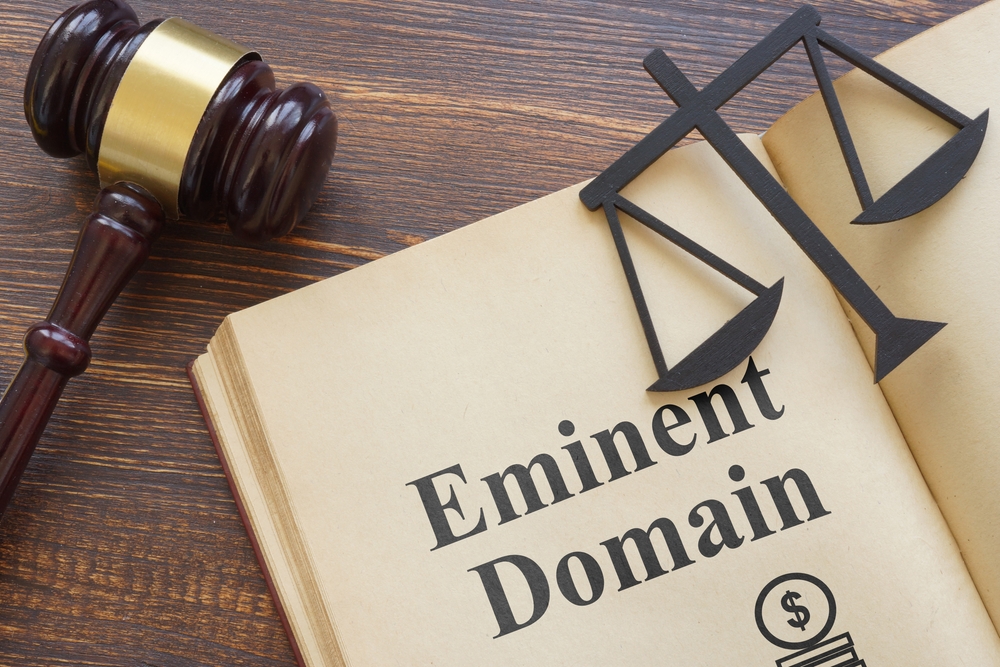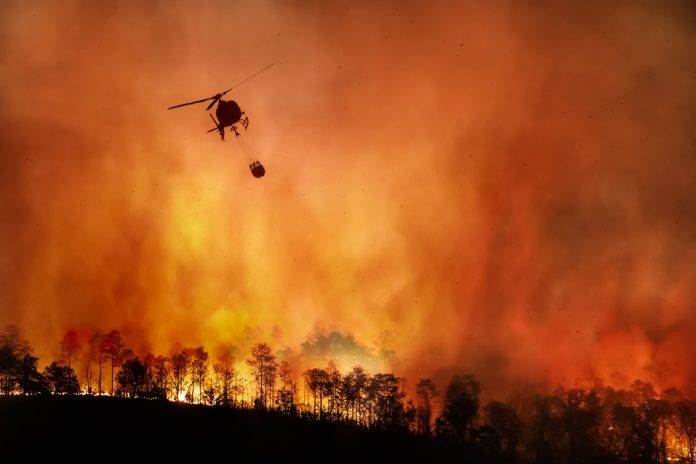Let’s kick things off with the big legal buzzword: eminent domain. Sounds heavy, right? But the concept is pretty straightforward — it’s the government’s power to take private property for public use. This is meant to serve the greater good, like building a new highway, adding a fire break, or creating a flood control system. The key is that the government has to prove the purpose is legit — and they have to pay you fair market value for your property.
Now here’s where things get complicated. Imagine a natural disfffaster just tore through your community — a wildfire, an earthquake, a flood — and your property is in ruins. If the government shows up after that and makes a buyout offer based on current conditions, you might be looking at a lot less than what your land was worth before disaster struck. That’s the legal gray area many homeowners find themselves stuck in.
The whole idea of “fair market value” gets messy when your land is no longer the same. And while eminent domain is supposed to be used thoughtfully and sparingly, the idea of someone coming to take what’s left of your home — especially in the wake of a disaster — hits hard. The questions people ask are totally valid: Shouldn’t I be paid based on the pre-disaster value? Who gets to decide what’s considered “public use”? The truth is, even though there are laws to guide this process, the outcomes aren’t always black and white.
How Eminent Domain Plays Out After a Disaster
So how does this whole eminent domain thing actually get triggered after a disaster?
Usually, it starts with local government agencies — city councils, county boards — assessing the damage and making some tough decisions. In some cases, areas are labeled “uninhabitable” or declared high-risk zones for future fires, floods, or landslides. Sometimes, land is marked for conversion into open space or buffer zones to prevent future tragedies.
Take the Paradise Fire in California. Entire neighborhoods were wiped out, and because of how remote and fire-prone they were, some areas were marked for buyouts. Officials weren’t trying to punish residents — they were trying to prevent future loss of life. Similarly, in Houston after Hurricane Harvey, repeated flooding made certain neighborhoods unsafe to rebuild, so the government stepped in with offers to buy the land and return it to natural floodplain.
But here’s the catch: not everyone wants to leave. Many homeowners have deep roots — decades of memories, family history, and personal investment in the land. And rebuilding? That’s often a financial mountain to climb. Insurance might not cover everything. New codes might require expensive upgrades or even prohibit rebuilding altogether. So even when the buyout comes with a check, it still feels like a loss — and a decision nobody really wanted to make. It’s the emotional and legal crossroads where safety meets heartbreak.
When It’s Not Eminent Domain… But Still Feels Like It

Here’s the part no one really talks about — most of the time, the government doesn’t need to invoke eminent domain to get people off their land. Instead, they introduce new obstacles that make rebuilding nearly impossible.
After a disaster, your land might be subject to a laundry list of new rules: strict building codes, mandatory soil testing, environmental assessments, and even hazardous materials cleanup. These aren’t optional — they’re required just to get a permit to rebuild. And they’re expensive. In many cases, just clearing the debris and meeting permit requirements can cost more than what the property is technically worth.
That’s when homeowners find themselves in an impossible situation. Technically, no one is forcing them out — but they can’t afford to stay either. The buyout starts to look less like a choice and more like the only option. It’s not a government bulldozer on your front lawn — it’s what some call “death by red tape.” The pressure is subtle, but it’s real. And the worst part? It often feels like you’re giving up your home voluntarily, even though the decision was never really yours to begin with.
What You Need to Watch Out For
If you live in an area prone to wildfires, floods, or earthquakes, it’s crucial to pay attention to the quiet signs that change is coming. Government buyouts don’t always start with a loud announcement — they can begin with a public notice, a zoning change, or even just a letter in the mail.
Start by watching for buyout program announcements. These often begin as “voluntary” offers, but once your neighbors start accepting them, the pressure to sell builds fast — and the program may shift toward more aggressive action. Rezoning is another red flag. If your land is suddenly labeled as “open space” or an “environmental hazard,” that could limit your ability to rebuild in the future.
Also, don’t ignore those environmental impact studies. They might seem like boring bureaucratic procedures, but they’re often the first step in a longer process that could lead to land acquisition or development restrictions. And finally, always — seriously, always — read the fine print on disaster recovery assistance. Some grants or funds come with conditions that limit your ability to rebuild or trigger a buyout later on.
The point is, these shifts don’t always look like eminent domain at first — but they can pave the way for it. Staying informed, asking questions, and keeping an eye on policy changes is your best defense.
Final Thoughts: Yes, It Can Happen — But There’s More to the Story

So can the government really take your land after a natural disaster? The short answer is yes — but it’s more complicated than just a forced eviction. Eminent domain is rare, and typically only used as a last resort. But that doesn’t mean your property is safe from pressure.
The bigger risk is getting priced out of rebuilding or facing so many new requirements that you feel forced to walk away. That’s why being proactive is so important. Watch for zoning changes. Read the fine print. Ask your city council members tough questions. And if you’re ever unsure about what a government notice means, consult a local real estate attorney.
You’ve already been through a disaster — don’t let legal confusion be the next storm you have to weather. Protect your land, protect your rights, and stay one step ahead.


